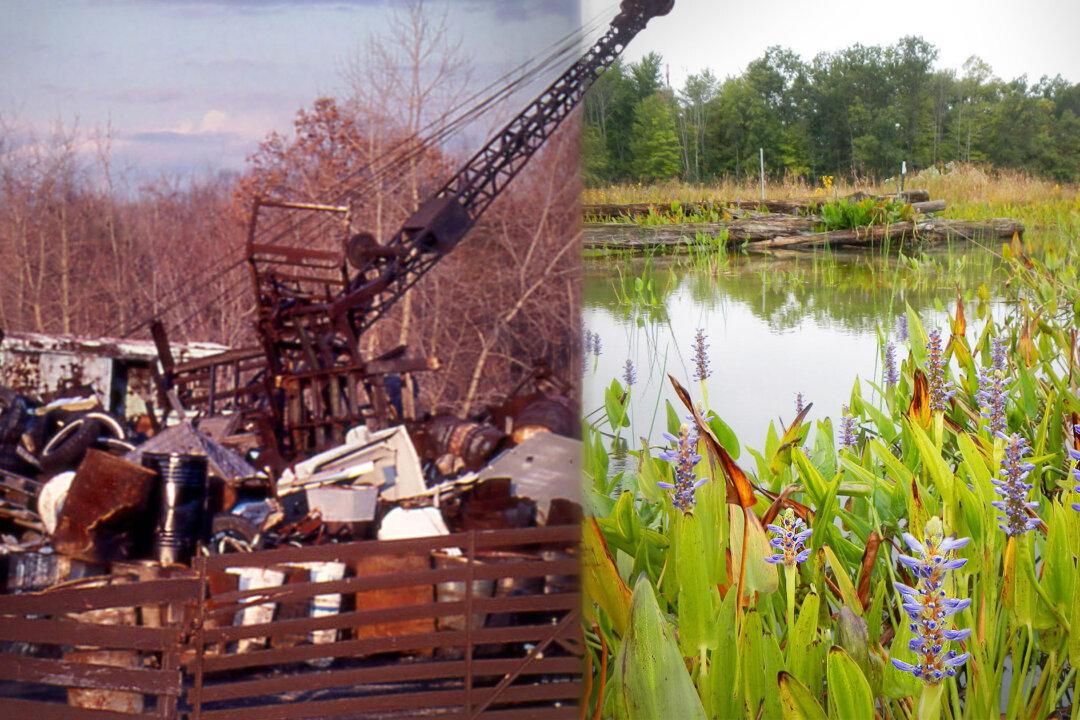When a toxic landfill in Ohio was reassigned as a recreational greenspace in the ‘70s, authorities had no idea just how massive the cleanup would be. From 1948 to 1980, the 47-acre Krejci dump had been a junk heap of old tires, garbage, noxious chemicals, and rusted cars. It would take over two decades to swap that for native flora and fauna, transforming landfill into thriving marshland, as it is today.
“This was a toxic wasteland only a few decades ago,” Cuyahoga Valley National Park Ecologist Chris Davis told National Geographic. “To find the diversity of species there today is remarkable.”





